Thinking About a Chatty Cat? Here’s What You’re Really Signing Up For
I’ve been around cats my entire life, from working with fancy breeders to helping out at local rescue shelters. And if there’s one thing I’ve learned, it’s that a meow is almost never just a meow. It’s a language. For some breeds, being vocal is as baked into their DNA as their eye color. These aren’t just ‘chatty’ cats; they’re breeds with a long, long history of being human companions, specifically chosen for their desire to communicate with us.
In this article
- So, Why Are Some Cats So Loud Anyway?
- The Talkative Breeds: A Quick and Honest Rundown
- Living with the Loud Ones: A Deeper Dive
- The “Vocal Cat Sanity Kit”: How to Manage the Noise
- Love Rescues? How to Spot a Talker at the Shelter
- When to Worry: When a Meow is a Cry for Help
- So, Is a Vocal Breed Actually Right for You?
So, you’re thinking about getting a cat that ‘talks back’? Awesome. But it’s crucial to understand what that actually means day-to-day. Living with a vocal cat is a unique lifestyle—your home will be filled with a soundtrack of chirps, trills, and, yes, sometimes very insistent yowls at 5 AM. This guide is a brain dump of everything I’ve learned, both professionally and from the countless cat owners I’ve chatted with over the years.
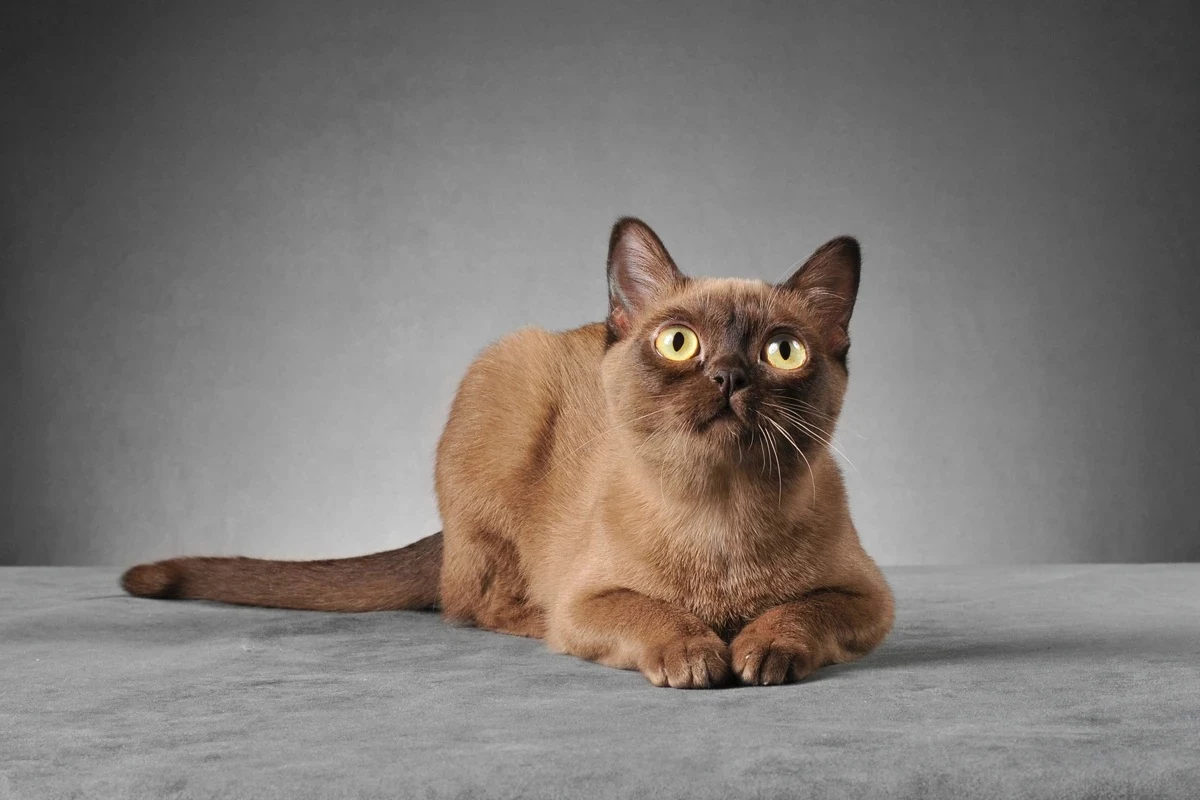
We’ll get into why some cats are just built differently, explore the breeds famous for their vocal cords, and most importantly, cover how to live with them without losing your mind.
So, Why Are Some Cats So Loud Anyway?
Before we name names, let’s get one thing straight. It’s a common myth that all cats meow for the same reasons. The real story is way more interesting. Adult cats pretty much developed the meow exclusively to talk to us. With other cats, they mostly rely on body language, scent, and a few hisses or growls. The meow is their clever way of tapping into our nurturing instincts—it’s very similar to the sound a kitten makes to call for its mom.
Genetics plays a huge role here. Many of the most famously vocal breeds have roots in Southeast Asia. These weren’t barn cats hired for pest control; they were cherished companions in temples and royal courts. For generations, the most social, interactive, and communicative cats were prized, which directly led to the talkative traits we see today. Their ‘chattiness’ made them better friends in the eyes of their people.
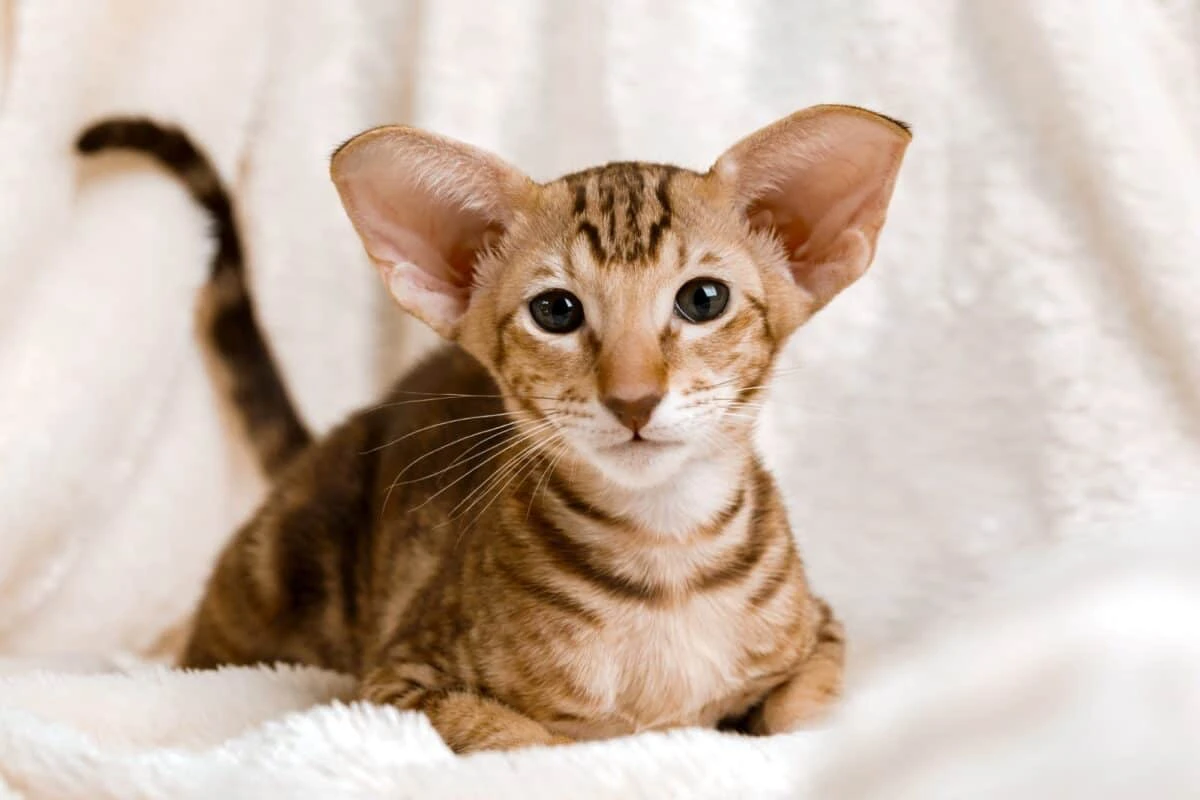
The Talkative Breeds: A Quick and Honest Rundown
Okay, let’s get to the good stuff. Who are the main offenders? Here’s a quick-glance guide, but remember, personality can always vary. This is just a general blueprint of what to expect.
- The Siamese: The undisputed king of conversation. Their voice is a loud, low-pitched, and surprisingly human-like yowl. Honestly, it can sound like a baby crying. Their attention needs are off the charts, and they are LOUD. On a noise scale, they’re a solid 10/10.
- The Oriental Shorthair: Think of a Siamese in a huge variety of colors. They share that same need for attention and a very similar voice, though sometimes it has a slightly softer edge. Still, expect a running commentary on your life. Noise level? A strong 9/10.
- The Burmese: These guys are more of a ‘rumble’ than a ‘yowl.’ Their voice is deeper, a bit raspy, and generally sweeter. They talk a lot, but it’s less likely to pierce your eardrums. They are incredibly affectionate and are basically your shadow. Noise level is more like a 7/10.
- The Tonkinese: The perfect blend of a Siamese and a Burmese. Their voice is melodic and pleasant, not as demanding as a Siamese, but they use it constantly to ‘chat.’ They are social butterflies who need a ton of interaction. We’re talking an 8/10 on the noise scale.
- The Japanese Bobtail: These are the ‘singers’ of the cat world. They have a famously soft, melodic voice and can produce a huge range of tones. It’s more of a pleasant, ‘sing-song’ communication than a demand. A very manageable 6/10 for noise.
- The Sphynx: No hair, but plenty to say. Their voice is a bit raspy and they are not shy about using it to demand warmth or food. Their constant need for heat means their meows are very direct requests. Noise-wise, they sit around a 7/10.
A quick heads-up on cost: If you’re buying from a reputable breeder, you’re not just paying for a pet, you’re investing in health and temperament. Prices can vary wildly based on location and lineage, but expect a ballpark of $1,200 to over $2,800 for a kitten from one of these breeds.
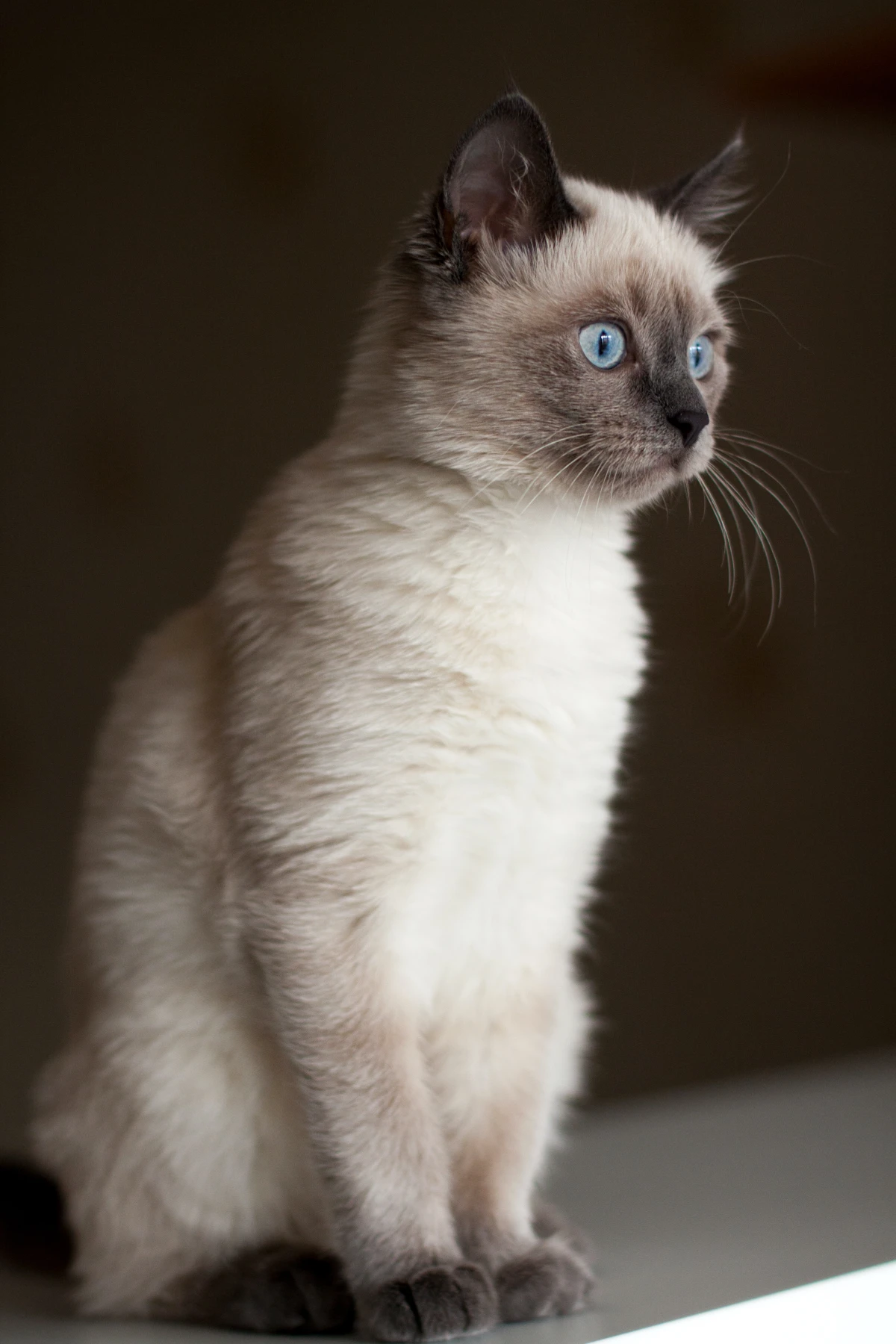
Living with the Loud Ones: A Deeper Dive
The Siamese & Oriental Shorthair: The Royalty of Talkers
You can’t talk about vocal cats without starting here. A purebred Siamese will narrate your entire existence. It’s not a soft meow; it’s a powerful, expressive statement. They use this voice for everything: joy, hunger, boredom, or just to say, “Hey, I just walked into the room!”
Living with one means you need to be ‘on’ all the time. They are wicked smart and form intense bonds. If you work 12-hour days and the house is empty, I’d gently steer you away from these breeds. A lonely Siamese is a LOUD and often destructive Siamese. They thrive on conversation and play.
The Burmese: The Affectionate ‘Puppy-Cat’
The story of the modern Burmese traces back to a single foundational cat brought over from Burma. While bred for a sweet temperament, they definitely kept their voice. It’s just… different. It’s a raspy, low-pitched rumble they mostly use to ask for affection. And they ask for it constantly.
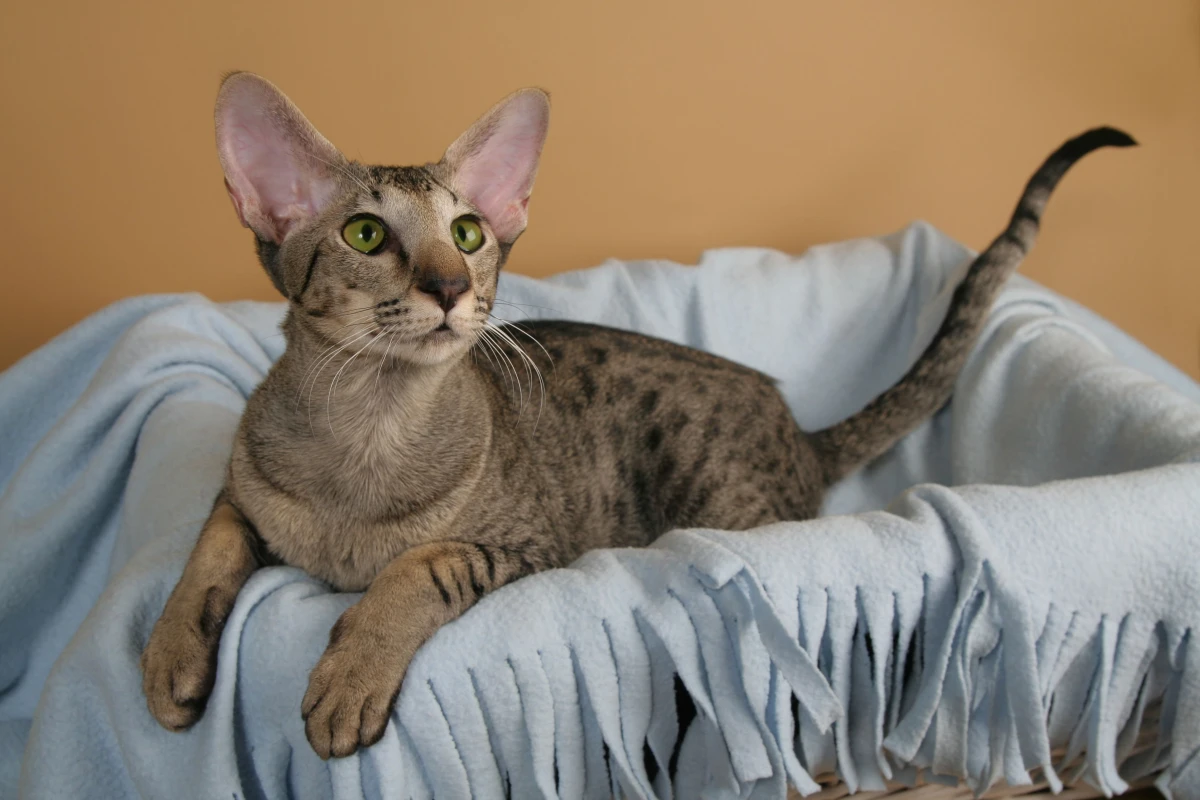
They’re called ‘puppy-cats’ for a reason. They stay playful their whole lives and will follow you everywhere, demanding to be held. Their meows are gentle reminders: ‘pet me,’ ‘play with me,’ ‘don’t leave me!’
The Tonkinese: The Social Butterfly
Cross a Siamese with a Burmese and you get this gorgeous cat. They are the perfect middle ground—intelligent, playful, and very vocal, but with a more melodic, pleasant tone. They love to have back-and-forth ‘conversations’ with you.
From my experience, Tonks are socialites and really don’t do well alone for long stretches. A client of mine was worried about the noise, so I sent them to a breeder. After an hour with a room full of chirping, playful Tonks, they got it. It wasn’t annoying; it was the sound of a happy, engaged family of cats. They’ve had their Tonk for five years now and say the house feels empty without the chatter.
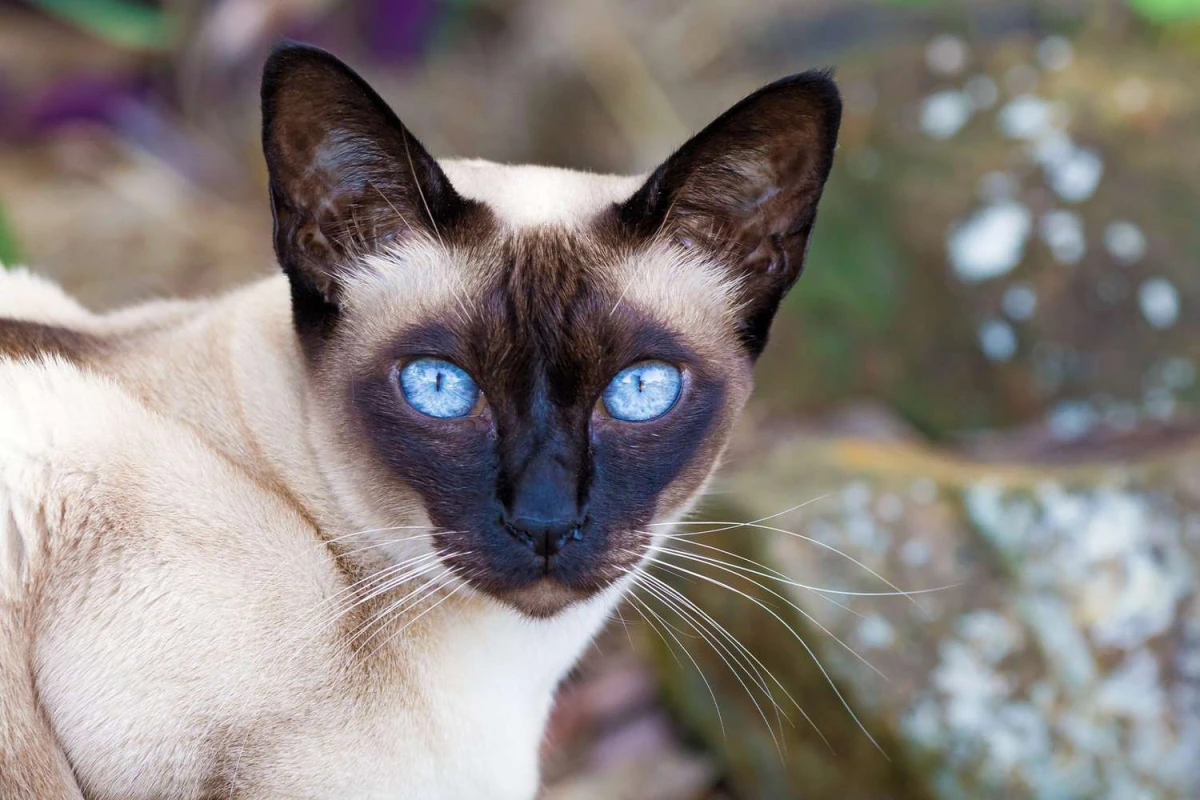
The Sphynx: No Hair, Lots to Say
A Sphynx’s life revolves around staying warm, and their voice is a primary tool for achieving that goal. They will meow for a lap, a blanket, or your spot on the couch. Their purr is also incredibly loud.
But owning a Sphynx is a serious commitment. They need weekly baths to manage their skin oils. And because they have to work so hard to stay warm, their metabolism is in overdrive. Here’s a real budget consideration: expect a Sphynx to eat up to 25-50% more than a furry cat of the same size. A hungry Sphynx is a very, very vocal Sphynx.
The “Vocal Cat Sanity Kit”: How to Manage the Noise
Choosing a talkative breed means accepting them for who they are. But you can absolutely manage the noise by making sure their needs are met. Boredom is the #1 enemy.
First, you need to enrich their environment. Think of it as a starter pack for your sanity:
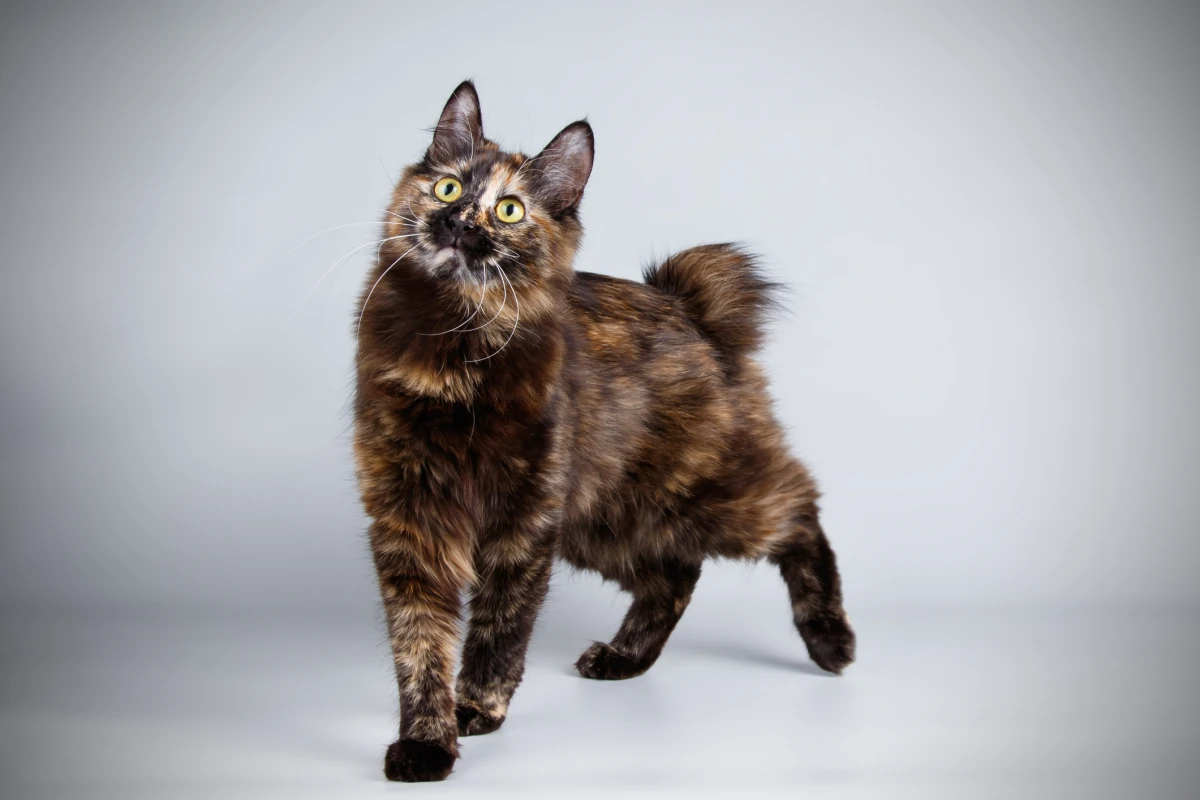
- A Tall, Sturdy Cat Tree (over 5ft): This is non-negotiable. It gives them a perch and a place to burn energy. Expect to spend between $100 and $300 for a good one.
- Puzzle Feeders: Making them work for their food engages their brain. A set of 3 different styles will run you about $25 to $50.
- A High-Quality Wand Toy: Something that mimics a bird or bug is perfect. A good one costs around $12-$15 and is worth every penny. A 15-minute, high-energy play session twice a day does wonders.
Lesser-known trick: These cats are so smart, you can teach them tricks! Get a clicker (they’re like $5 online) and spend five minutes a day teaching a high-five or fetch. It’s an amazing bonding activity that wears out their brain in a good way.
And please, do not reward demanding meows. This is tough, I know. But if your cat is screaming for dinner, wait for a brief moment of silence before you put the bowl down. If you give in to the screaming, you’re just teaching them that it works.

Try This Tonight: Before you settle in for the evening, hide 5-10 of their favorite treats around one room. It’s a two-minute task that gives your cat a ‘job’ to do and can seriously cut down on late-night boredom yowls.
Love Rescues? How to Spot a Talker at the Shelter
Not everyone has $2,000 for a purebred, and that’s more than okay! Shelters are full of amazing cats, including plenty of chatty ones.
If you’re hoping to adopt a talker, here’s how to spot one:
- Spend time in the cat room. Don’t just look in the cages. Sit down and see who comes to you. The cat that walks up and immediately starts meowing at you is a prime candidate.
- Ask the staff and volunteers. They know these cats best. Ask them, “Who is your biggest chatterbox?” or “Which cat is the most demanding of attention?” They’ll point you in the right direction.
- Look for mixes. Many domestic shorthairs have some Siamese, Oriental, or other vocal breeds in their family tree. Look for cats with more slender bodies, wedge-shaped heads, and big ears—these are often tell-tale signs of a talkative personality.
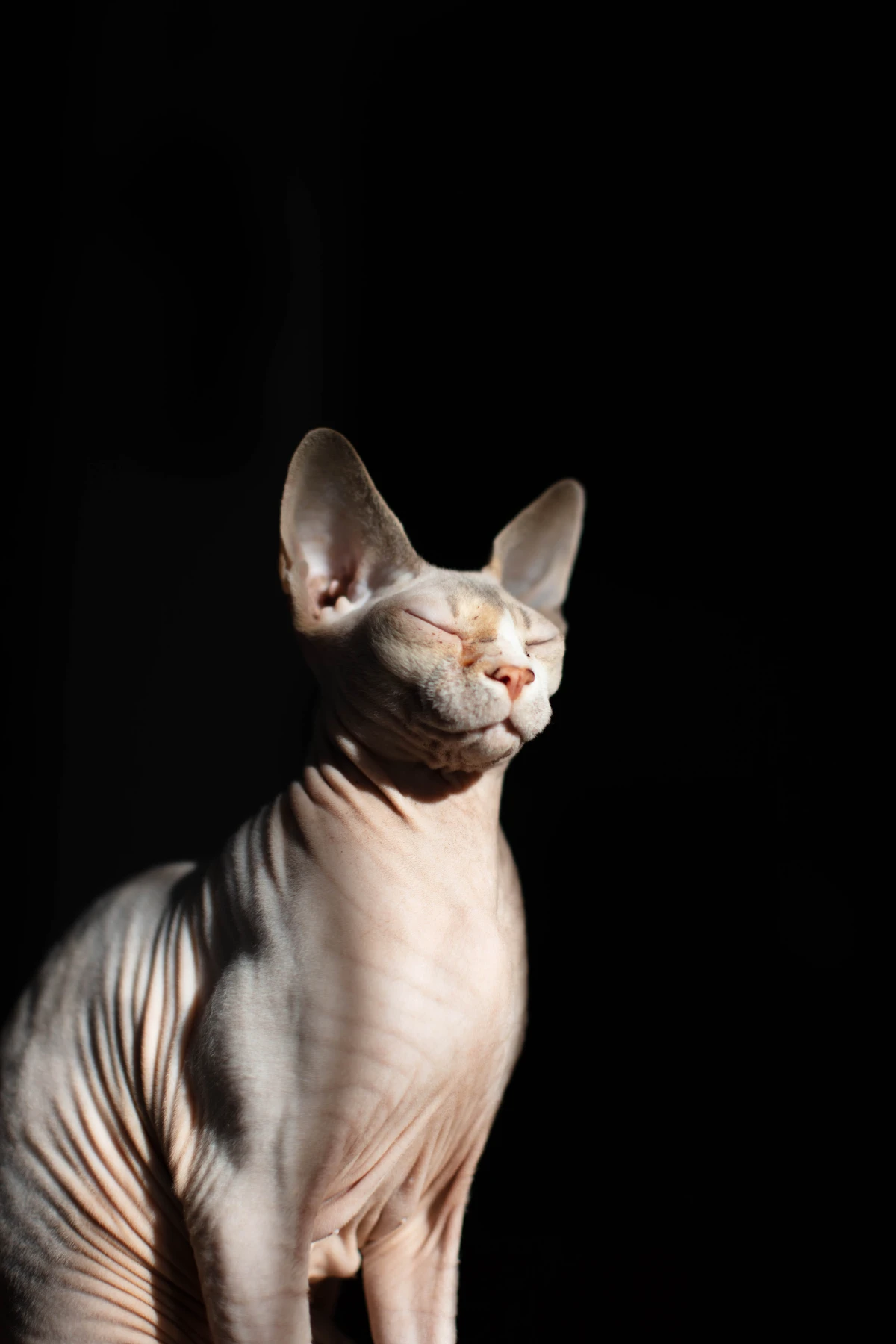
When to Worry: When a Meow is a Cry for Help
This is probably the most important part of this whole guide. While these breeds are naturally noisy, a sudden change in how much or how loudly your cat vocalizes is a huge red flag. This is when you need to switch from ‘owner’ to ‘detective’.
Disclaimer: I’m not a vet. This is just for education. Your first call for any sudden behavioral change should ALWAYS be to your veterinarian.
A sudden increase in meowing, especially in older cats, can signal a real medical problem:
- Overactive Thyroid (Hyperthyroidism): Very common in senior cats, it can cause howling, anxiety, and ravenous hunger. It’s treatable, but you need a diagnosis.
- Pain: Arthritis, dental problems, or urinary tract issues can cause a cat to cry out. The meow might sound more pained or urgent.
- High Blood Pressure or Vision/Hearing Loss: Older cats can get disoriented, especially at night, and yowl because they are confused or can’t hear themselves properly.
- Cognitive Issues: Yes, cats can get dementia-like syndromes, causing confusion and distress.
Never, ever punish a cat for meowing, especially if it’s a new behavior. They are telling you something is wrong. A full vet checkup, including blood work, is the only way to rule out a medical issue.
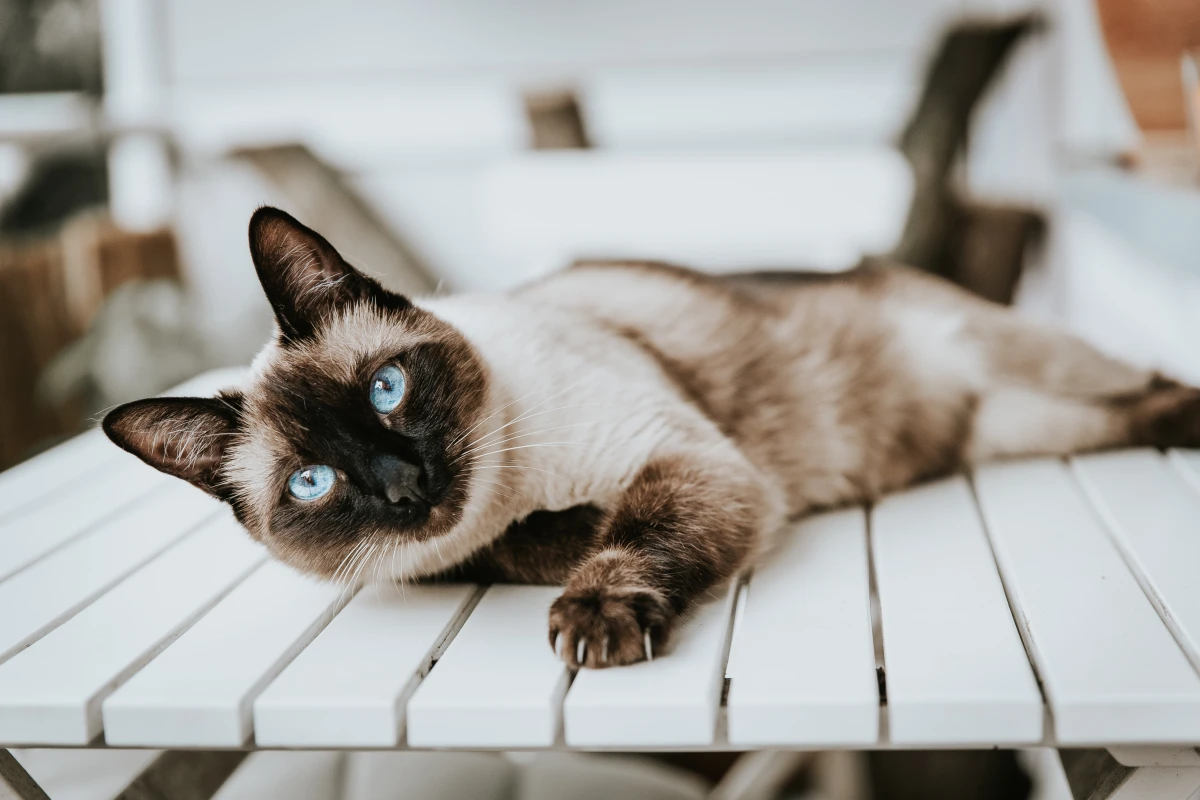
So, Is a Vocal Breed Actually Right for You?
After all that, you have to be honest with yourself. Do you have the time and energy for a pet that demands daily interaction? If you work from home, will the constant ‘conversation’ be a welcome sound or a major distraction during Zoom calls? Do you live in an apartment with thin walls?
These cats aren’t just pretty faces; they are intelligent, demanding, and incredibly loving family members. For the right person, the bond you form with a cat that truly communicates with you is one of the most rewarding experiences you can have. But it’s a partnership that requires a ton of patience, a good sense of humor, and a genuine love for a house that’s never, ever quiet.










